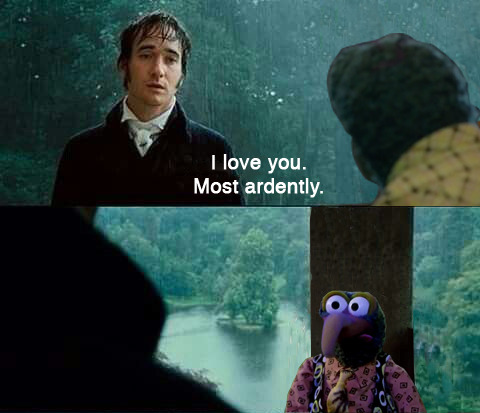Queer, white, privileged, always trying to get better. 20's, frustrated, and feminist. Any pronouns.
Don't wanna be here? Send us removal request.
Photo




composite post: the About Ducks comic
28K notes
·
View notes
Photo

“The big boss round here is a great old fella by the name of King Bull. Nothing moves through these here canals without his sayin’ so, so if you want passage, you’re going to have to cut a deal. But he’s a right mean customer, so you’d best be going in with a plan. You have got a plan, haven’t you?”
7 notes
·
View notes
Text
be the surreal nonsense you wish to see in the world
148K notes
·
View notes
Photo




The Alaskan Tlingit and their Chinese coin armor,
The Tlingit are a native people who inhabit the southeastern coast of Alaska and Canada in the Pacific Northwest. An ingenious an resourceful people, the Tlingit were expert weapon and armor makers crafting wooden helmets and suits of armor made from animal skins woven with wooden slats. Originally the Tlingit had relatively advanced metallurgical skills, working tools in copper and rudimentary iron working. After European contact they quickly learned more advanced metallurgical skills such as advanced iron working and steel-making. Along with the neighboring Haida, the Tlingit were noted for crafting high quality iron and steel daggers. They even made swords in excess of 20 inches in blade length, being one of the few Native American cultures with a sword making tradition.


In the 18th century the Russians set up the Pacific Maritime Trade, a trading network in which Russian merchants would acquire furs from the Pacific Northwest and trade them for goods in China, which in turn could be traded in Europe and elsewhere. The Tlingit became active participants in this commercial enterprise, trading furs with the Russians for Chinese goods such as porcelain, silk, and tea. One item that particularly piqued their interest were Chinese coins. Made of bronze the coins typically had a hole in them so that they could be carried on a string that was attached to a sash or belt, since purses and moneybags were never popular in Chinese fashion. For the Chinese and Russians the coins were a form of currency, but for the Tlingit the coins had a entirely different purpose altogether. The Tlingit began sewing the coins onto animal hide vests crafting intricate suits of scale armor. The armor offered excellent protection against arrows, blades, and blunt weapons, and may have offered some modest protection against early firearms. Often these suits of armor were imbued with special mystical and magical properties, giving Tlingit warriors a psychological edge in combat.

In the 19th century British traders began to take up the trade, and finally Americans became dominant in the Pacific fur trade after Russia sold Alaska to the United States in 1867. Armor crafting from Chinese coins continued well into the late 19th century, being further bolstered by Chinese immigration to the west coast in the mid 1800s with the California gold rush. Today the Tlingit still produce beautiful knives, swords, and suits of armor, keeping alive a tradition which their forefathers had done before them.
8K notes
·
View notes
Photo
Hello yes I grew up on this book and it's a wonderful box of wonders 110% would recommend

Speculative biology: understanding the past and predicting our future
4K notes
·
View notes
Text
Harry isn’t quite out of his teens when it fully hits him—the war, the blood and the guts spread across the corridors of Hogwarts, the screams and sobs, the nightmares, the shadows that never seem to leave him.
It’s too much.
He gets a flat in London—Muggle London. Hermione and the Weasleys give him space. Kingsley ensures the wizarding world gives him privacy. Not that some aren’t reluctant. Rita Skeeter releases articles every day, wondering when their Boy Who Lived will return.
But Harry doesn’t see those articles.
He tries to forget who he is for awhile.
His flat is cozy. He stuffs it with plants and paintings and books. He has a cat (or three). He wears sweaters and blazers with corduroy pants. He goes to the market every morning to buy fruits and vegetables. That’s where he meets the kindly old woman who lives down the street.
She lived through World War II and so many other wars, wars that Harry has never experienced but can only imagine.
She goes to his house and she goes to hers. There’s always tea and small cakes and dinners and cocoa—apparently she believes that a teenager needs cocoa—and baking and reading and knitting.
Harry uses magic to brew the cocoa one day, not realizing that she’s standing in the doorway. She calms him by telling him that she knows all about magic.
Their conversations shift after that. They talk about their favorite creatures and how hard it was to watch them perish before their eyes. They talk about the wall that seemingly gave way to let them enter the magical world. They talk about lions and friends and family and love and betrayals and life and death.
“When did you leave?” Harry asks one day.
She pauses, a hand resting on his cat’s head. After a moment, she looks up with a heaviness in her eyes, a heaviness that Harry sees when he looks in the mirror everyday.
“I was young,” she says. “Younger than you are now. But I had already grown up. I didn’t want to leave, not really, but it became too much.”
“Do you regret it?”
“Some days I do, some days I don’t.”
“Yeah…”
It’s a few months later, when he’s helping her shovel the first snow from her walkway, that he asks, “Did you ever try going back?”
“Even if I wanted to, I couldn’t,” she says, shoving a cup of cocoa into his hands. “I was shut out as soon as I hesitated.”
He pauses, nearly dropping the cocoa, before whispering, “That’s horrible.”
“What about you?” She escorts him inside, her cane tapping against the floor that he’s magically heated to warm her feet. “Would you be welcomed back?”
“Oh, yeah,” Harry says. “Til they turn on me because they don’t like the color of my shirt or because I sneezed the wrong way or because—you name it.”
She laughs and he smiles.
“Imagine that,” she softly says. “Rulers of our worlds and we’re not even allowed in them.”
“Imagine that.”
He does go back to the wizarding world, of course, but he never forgets his London flat. He visits the street from time to time, knowing that Susan Pevensie will be there, ready to push a cup of cocoa into his hands.
71K notes
·
View notes
Text
I’m so obsessed with moving back to Norway where it was like 70 F at most every day and like this girl I follow on insta in Finland was like “these are my summer sweaters so I don’t get chilly” and I almost crushed my phone between my teeth in blind jealousy fjdndnd
909 notes
·
View notes
Text
just once i wanna put the blade of my sword under a pretty boy’s chin and tilt their head up so i can see both fear and arousal in their eyes is that too much to ask
346K notes
·
View notes
Video
Hamlet adaptation where Hamlet is a vlogger and all his soliloquies are breakdowns he uploads to YouTube
277K notes
·
View notes
Photo
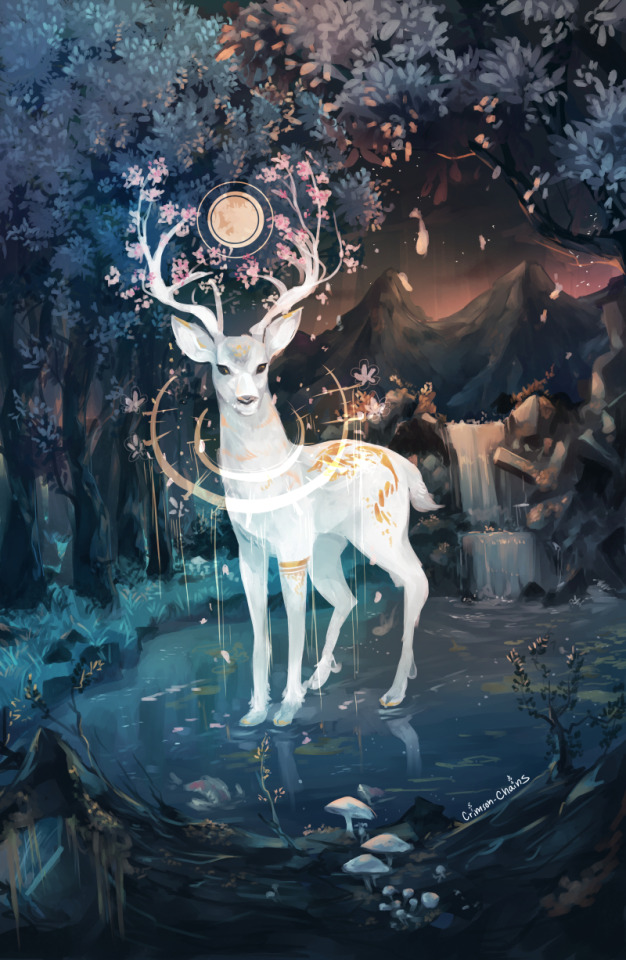
Deer God <3
LOTS OF ORIGINAL STUFF LATELY Hope you guys are enjoying ^^
92K notes
·
View notes
Photo
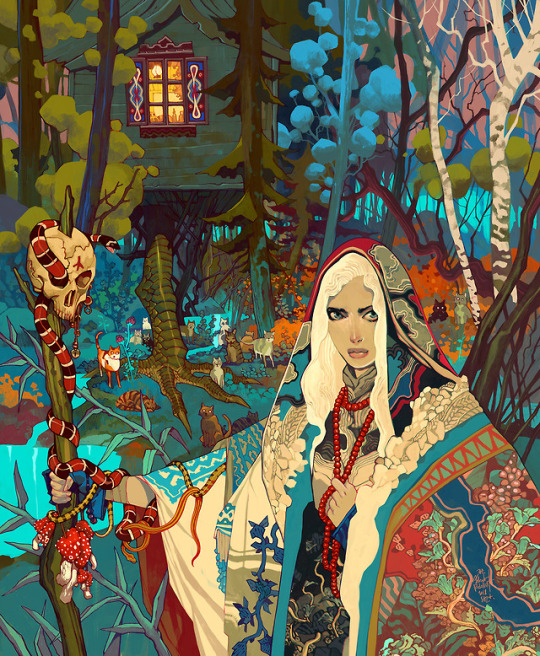
Y
37K notes
·
View notes
Photo
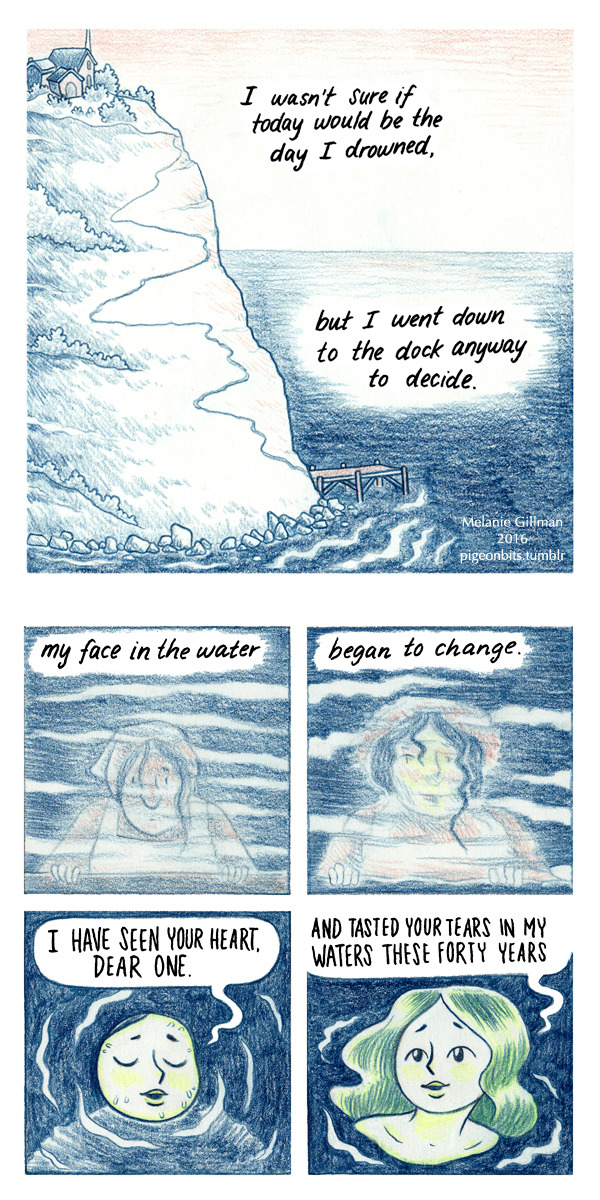
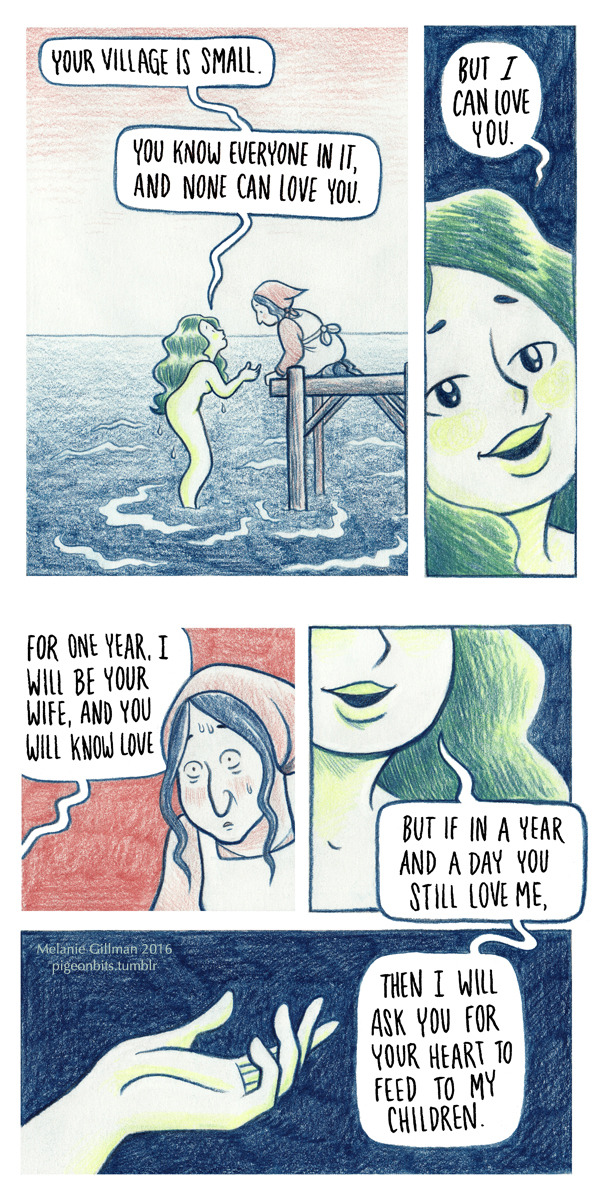
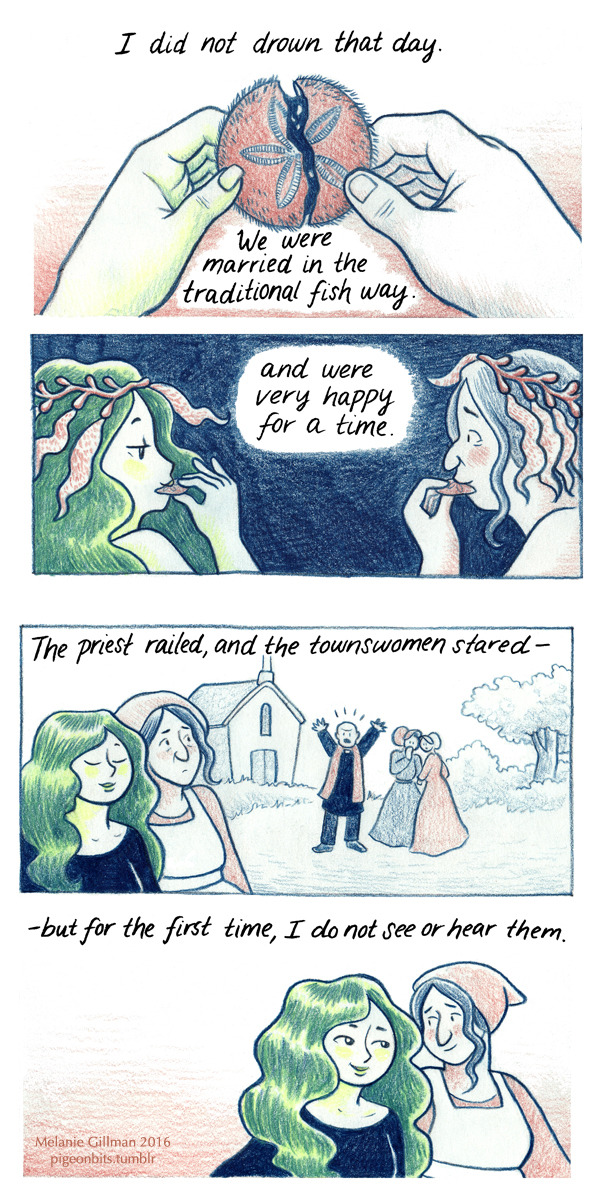

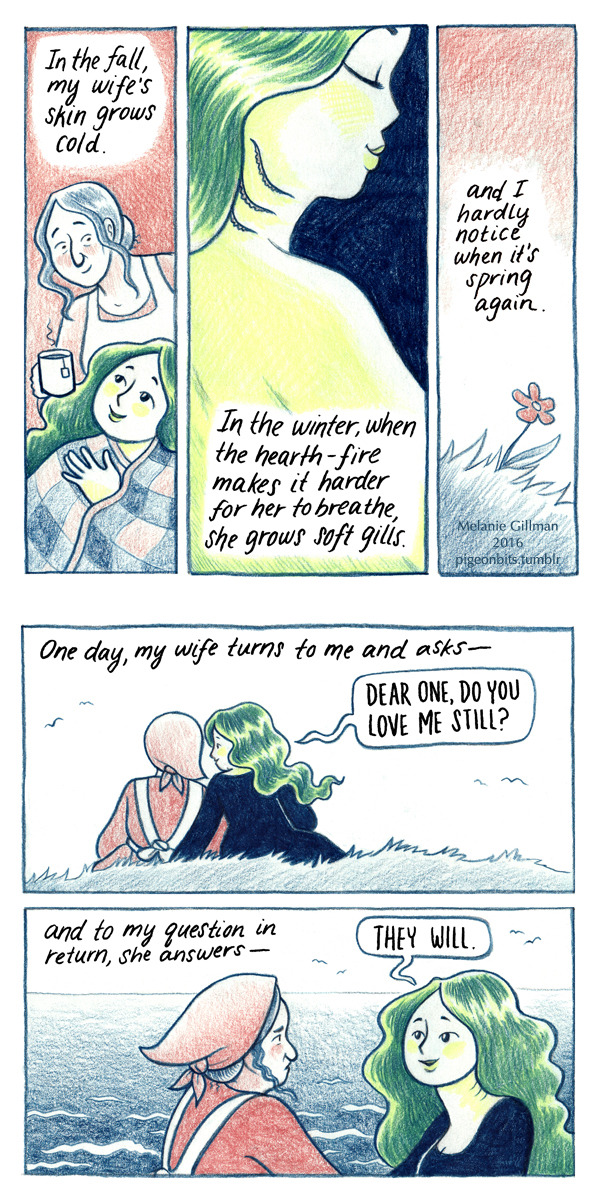

Here’s the full 24 hour comic I drew yesterday, called “The Fish Wife”. Thank you to everybody who followed along on twitter and cheered me on <3
218K notes
·
View notes
Photo


I keep forgetting to take pics of my ootd… but then I remember I can draw lol
949 notes
·
View notes
Text
i love cutthroat kitchen but bingewatching makes it really stand out how often alton brown refers to himself as ‘daddy’ and makes contestants wear spreader bars
674K notes
·
View notes

